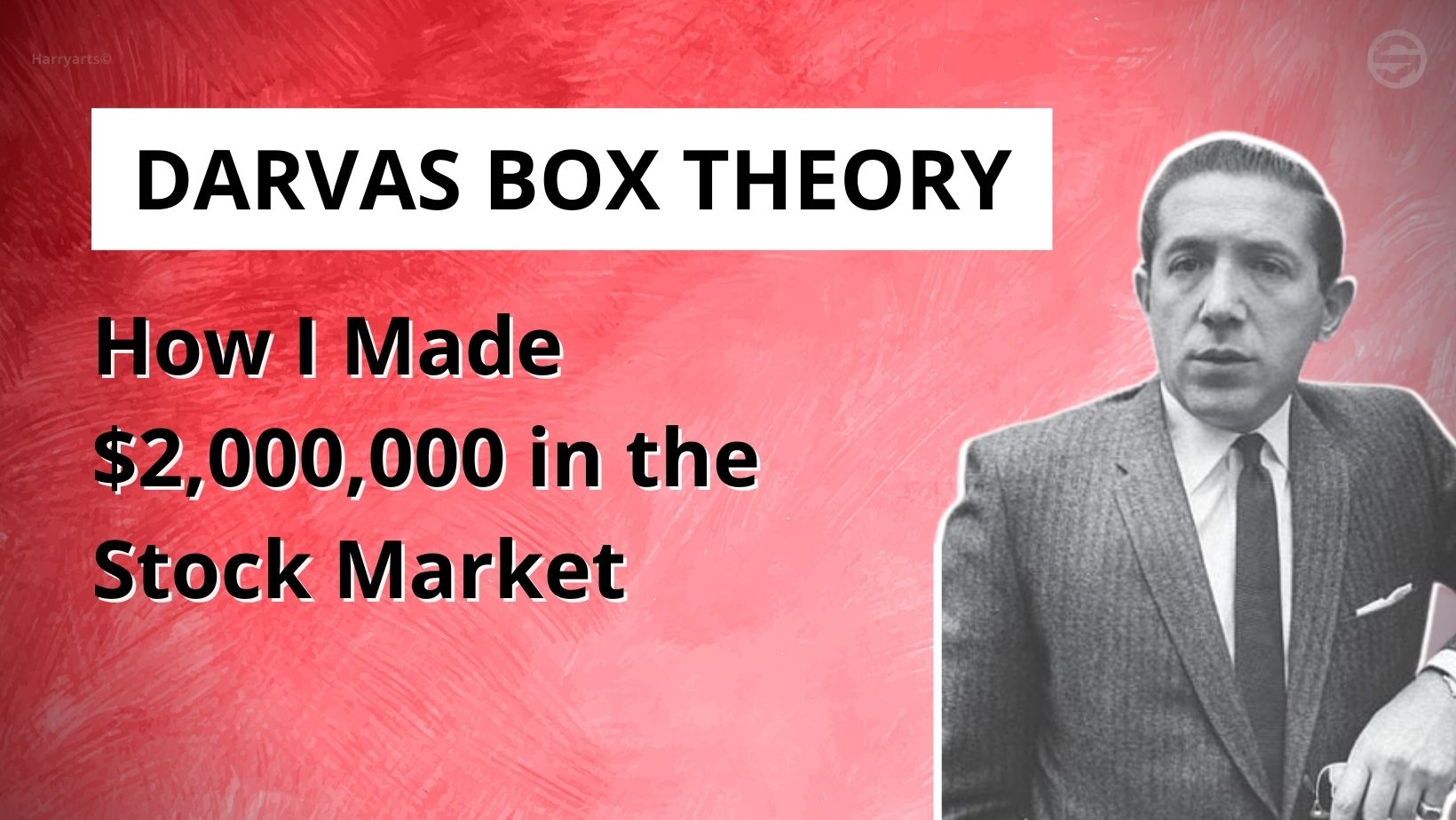
Table of contents
Nicholas Darvas, considered one of the most influential traders of the 20th century, was born in 1920 and died in 1977. His passion for the stock market led him to study price movements and the inner workings of the market intensively in his spare time between dance competitions. During this time, he read numerous books on the subject, which enabled him to develop his own trading method based on observation of market trends.
From dancer to self-taught investor, Nicholas Darvas became famous thanks to his book "How I Made $2,000,000 in the Stock Market". In this book, which recounts his story and his early days in stock trading, he explains in detail how he managed to achieve exceptional gains thanks to a method he developed, known as the "Darvas Box Theory". This method is based on the identification of specific chart patterns, known as Darvas Boxes, which indicate promising trading opportunities.
Nicholas Darvas was known as a trader who specialized in uptrend market. He applied a selective approach, buying only stocks that showed strength. Equipped with good risk management, he was prepared to wait several months without placing a single order, until market conditions were favorable to the upside. His trading style was characterized by prudent capital management and concentration on a limited number of stocks.
He used an "average up" strategy, which involves buying more shares of a company or financial asset whose price is already rising. In other words, the higher the price of an asset, the greater the investor's exposure to that asset. His method was based on a concept he called "Darvas Boxes". He would identify stock price patterns called "boxes" and enter a buy position when the price moved out of the box. On the other hand, if he saw that the base of the box was broken on the downside, he would sell his position using a stop order.
The aim was to follow the trend if it showed no signs of reversal, identifying a succession of boxes in a major uptrend. He generally preferred to concentrate on the two stocks in the market he felt were the strongest in terms of performance.
It's worth noting that Nicholas Darvas suffered a few losses before perfecting his now profitable trading method. Active in the market from 1952 to 1960, he took positions without access to screens or charts. Because of his frequent travel to dance competitions, Nicholas Darvas received telegrams containing price variations, enabling him to visualize his famous boxes. Thus, it was only with the help of these telegrams and price fluctuations that Nicholas Darvas managed to make substantial profits.
Eventually, Nicholas Darvas was able to manage his emotions while distancing himself from the hustle and bustle of the marketplaces, allowing him to concentrate on a simple, clean and profitable trading method.
To conclude, the life of Nicholas Darvas is a fascinating tale of dancing to success as a trader. Nicholas Darvas' unique and successful approach to trading has attracted the attention of many investors and traders. His book, "How I Made $2,000,000 in the Stock Market", is still considered recommended reading for those wishing to learn trading. Even today, his inspiring "box theory" method continues to be studied and used by many traders.

- Sources :
- Nicholas Darvas, "How I Made $2,000,000 in the Stock Market", 1960, ARC, New York.
- "The Darvas Box: A Timeless Classic", https://www.investopedia.com/articles/trading/07/darvas-box.asp, 28.06.23.



 Investment
Investment 2023-06-29
2023-06-29
